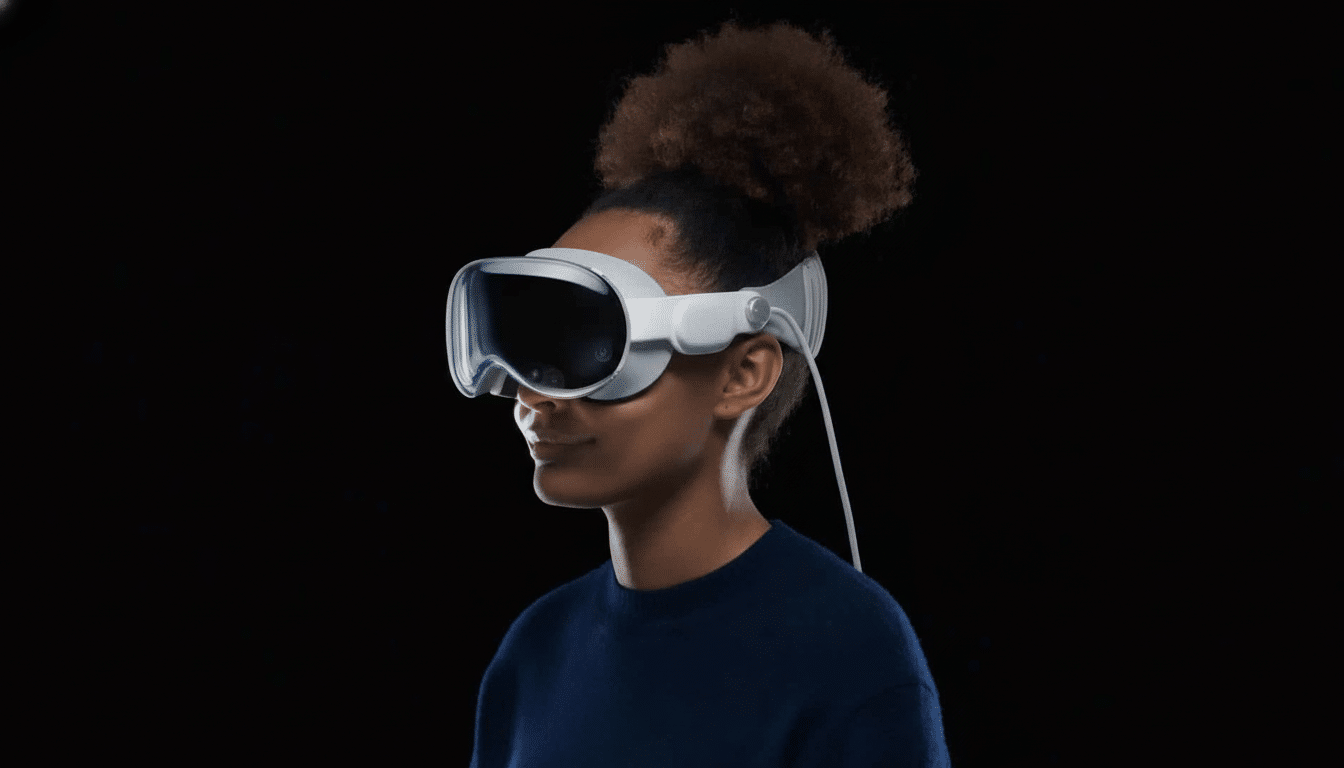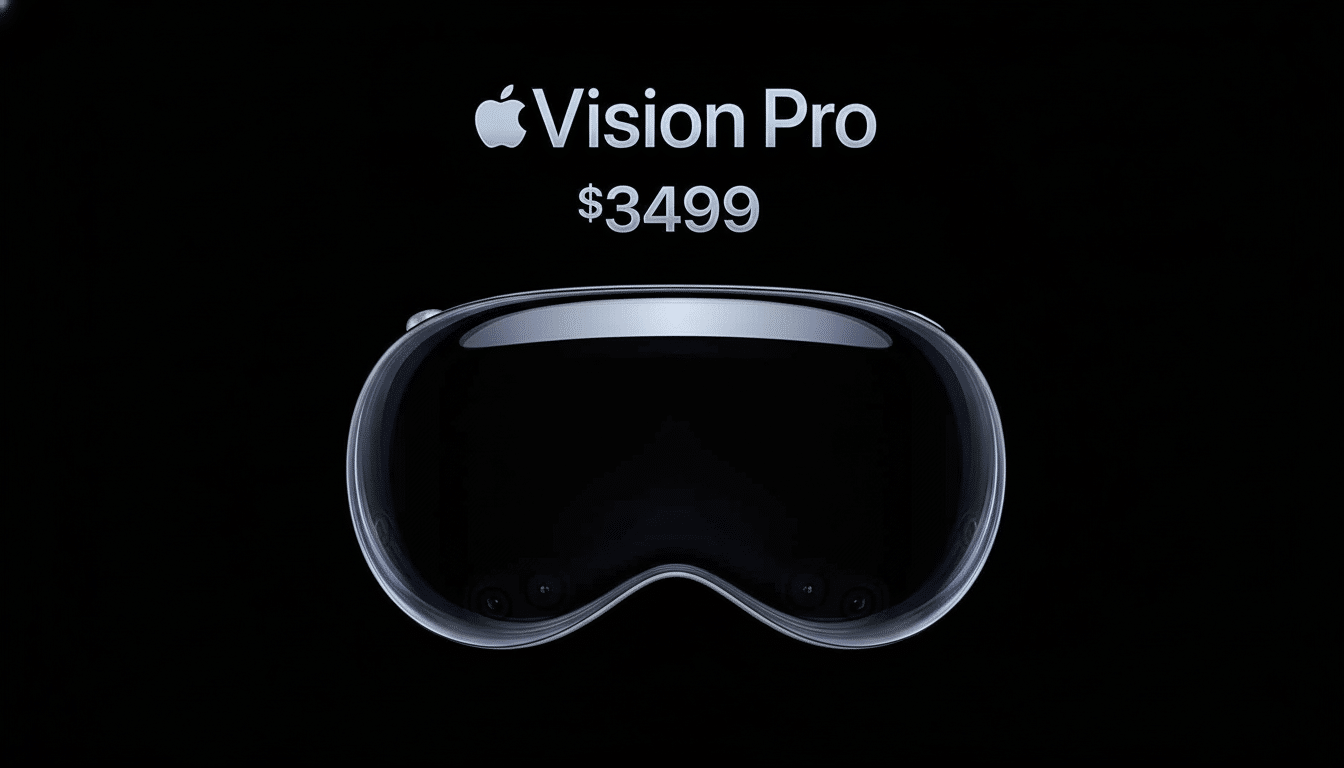Samsung’s long-rumored Project Moohan is becoming the most serious threat Apple’s Vision Pro has seen yet, and early leaks reveal a real specs dogfight. There’s a chance you might not have to wait that long, along with some leaked renders and hardware specs courtesy of Android Headlines, putting things on somewhat more concrete ground.
Since Moohan’s figures are not yet official, consider them informed previews and not final numbers.
- Design and comfort trade-offs between the two headsets
- Display panels and optical systems compared in detail
- Processing hardware and sensor suites in each device
- Input methods and controller options across platforms
- Battery life, external packs and tethering approaches
- Software platforms, app ecosystems and partnerships
- Early takeaways from leaks versus official specifications

Even so, when you stack those reports up against Apple’s published specs and developer documentation, a picture emerges of where each headset is likely to excel.
Design and comfort trade-offs between the two headsets
Weight is the front-line statistic. Project Moohan is said to be 545 grams, substantially lighter than Apple Vision Pro, which reviewers have weighed at between 600 and 650 grams depending on the face seal and strap. That delta matters; several reviews from major outlets mentioned that Vision Pro didn’t feel well-balanced with the Solo Knit Band, a trade-off Apple partially mitigates with the Dual Loop Band.
Leaked Moohan imagery also suggests a pocketable puck that is connected via a cable — a design cue to move mass off the face. Vision Pro employs an external cabled battery, while all compute happens in the headset itself, which concentrates weight up front. If Samsung gets the strap geometry and rear application of padding, as reports have suggested, Moohan could really take it on comfort for long sessions.
Display panels and optical systems compared in detail
This is where the rivals get spicy. Apple Vision Pro uses two micro‑OLED panels with over 10,000 precisely aligned tiny pixels that combine to deliver an incredible 23 million pixels. Project Moohan reportedly takes that a step further with twin 4K micro‑OLEDs amounting to around 29 million pixels. Not all pixels are created equal, but with that pixel count you might get a slightly reduced screen-door effect and larger, clearer text at a similar field of view.
Refresh rate is another nuance. Apple states the headset will operate at 90 Hz with a 96 Hz mode available for cinematic content. Moohan’s specific refresh rate hasn’t yet leaked, although driving 4K-per-eye panels at 90 Hz or more would make sense for the premium class. On suppliers, Display Supply Chain Consultants has for years identified Sony as being the source of Vision Pro’s micro‑OLED know-how. Furthermore, Samsung Display’s swoop on eMagin potentially garners it access to high-brightness, RGB micro‑OLED tech that would suit Moohan’s HDR and brightness headroom.
Clarity across the full field is influenced by the design of the lens. Both headsets are expected to use pancake optics, which promise thinner designs and improved edge-to-edge quality over the older Fresnel stacks, but exact optical geometries have yet to be shared.
Processing hardware and sensor suites in each device
Apple’s silicon stack combines an M2 application processor with an R1 coprocessor specifically designed for sensor fusion. According to Apple, there are 12 cameras, 5 sensors, and 6 microphones feeding the R1, and this streams sensor data to the displays in around 12 ms, with the aim of lowering motion-to-photon latency. Vision Pro also features LiDAR scanning for accurate spatial mapping and hand tracking in low light.
According to reports, Project Moohan uses Qualcomm’s Snapdragon XR2+ Gen 2 platform, which is designed for dual 4K displays and tens of simultaneous camera and sensor inputs. Qualcomm’s reference specs have provisions for high camera counts, depth sensing, and advanced on-device vision processing. If Samsung farms out some compute to a cabled puck, it could help thermals and battery life while also keeping the visor cooler and lighter.

Input methods and controller options across platforms
Apple’s model of interaction famously revolves around hands, eyes, and voice. There’s no official first-party controller for Vision Pro, but it does support Bluetooth keyboards, trackpads, and some gamepads. The upside is immediacy and low friction; the downside — for some apps, particularly games and precision-oriented creative tools — is the absence of tactile input.
Project Moohan is said to come with first-party motion controllers but keeps the hand and eye tracking. That duality can be a real-world win for games, 3D design, and workflows that thrive on haptics and buttons. Those that are accustomed to controller-based XR on Android and PC might find an easier on-ramp.
Battery life, external packs and tethering approaches
Vision Pro is rated by Apple to give up to two hours of general use or video, and two and a half hours via its external battery, with unlimited use when plugged into power. Real-world endurance is going to depend on workload, brightness, and camera use, but Apple’s pack is at least hot-swappable so that you can keep the sessions coming.
Android Headlines estimated Moohan’s runtime is about two to two and a half hours per charge. If Samsung’s cabled puck is handling compute or holding a larger cell, some pretty nifty alternative battery configurations could be possible. Either way, both depend heavily on a cable for lengthy sessions, so comfort and cable management will be as crucial as raw watt-hours.
Software platforms, app ecosystems and partnerships
visionOS has a head start with an extensive bench of macOS and iPad apps running in windows, coupled now with thousands of native visionOS apps and big-name partners including Disney and Microsoft. For businesses, Apple’s device management, privacy position, and mature developer tools have been early draws, according to notes from analysts at firms including IDC.
Project Moohan is likely to benefit from Google’s Android XR platform, which was built in partnership with Samsung and Qualcomm. That should include Play Store distribution, the familiar Android tooling, and a controller-friendly base for immersive apps. The big question is how much content will be available on day one, and if Samsung can sign tentpole media and productivity partners to help catch up to Apple.
Early takeaways from leaks versus official specifications
If the leaks are to be believed, Project Moohan matches Vision Pro with a lighter shell and more pixels, but adds in controllers in the box.
Apple, meanwhile, holds an edge in silicon integration, sensor depth, and a developing app ecosystem. Pricing and final specs will determine where the trade-offs fall, but it already seems as though buyers will have to choose between raw display sharpness and controller-forward versatility on one side and polished software with industry-leading sensor fusion on the other.

